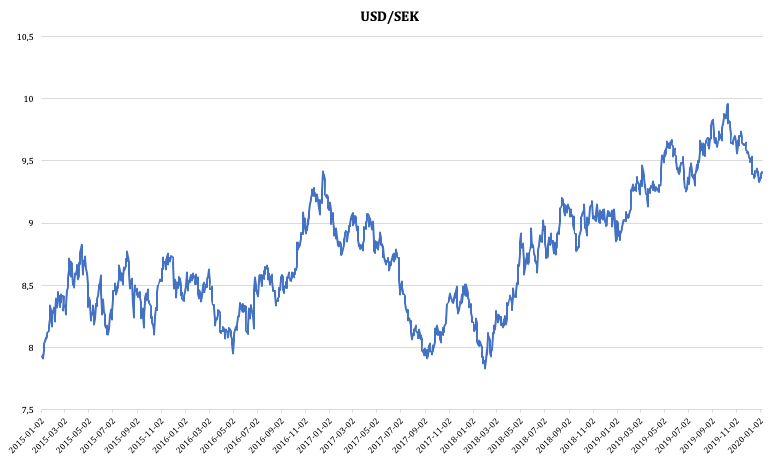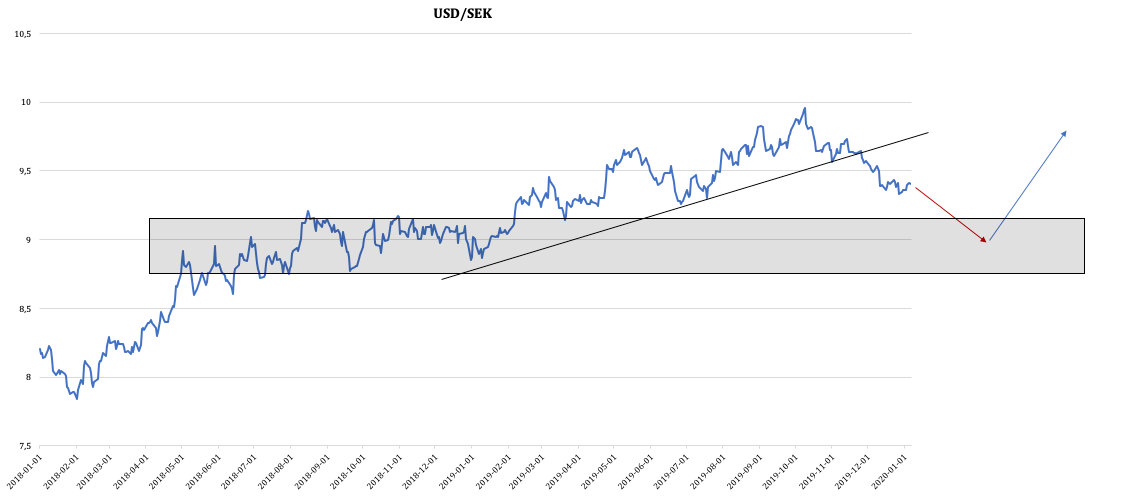Raising interest rates was dovish, not the other way around


There were big headlines when Stefan Ingves and Sveriges Riksbank raised the interest rate from -0.25 to 0 percent. But an increase today does not mean that the starting position for the Swedish economy looks bright, on the contrary.
The global economy seems to be slowing down, causing the world's central banks to simultaneously lower interest rates and print money. All to keep the spotlight on a functioning economy even though it is cracking the joints. When the Riksbank chose to raise the interest rate to 0 percent despite this, several people raised their eyebrows and thought it was completely wrong to tighten monetary policy . But the truth is that a rise from the minus interest rate to the zero interest rate is not hawkish and a way to tighten the economy today, but should instead be seen as a preparation for economists at the Riksbank expect that the situation in the coming years will be worse before it gets better . An interest rate hike thus means that if the aim was to normalize the interest rate around zero, they took exactly the last chance for a long time.
In a previous interest rate announcement when Ingves and the Riksbank were criticized for the weak Swedish krona, Ingves has said that it is not the Riksbank's job to strengthen the SEK. In 2019, SEK fell over five percent against the US dollar, and if we look further back, and when compared to when the Swedish krona was at its strongest in February 2018, the currency has weakened by almost 20 percent against the USD.

However, the Swedish krona would fall further from today's levels, however, it is unlikely in the coming quarter when a dubious Fed manager is very likely to lower interest rates in the US and thus probably weaken the US Dollar.
In the three to six month term, the downside of the Swedish krona against the US dollar is thus limited. Add to that a possible interest rate cut in the US there is even further upside to pick up. In the longer term, however, the SEK is not a safe haven, but later, if we see a global economic crisis in sight, we can expect a rush to the dollar.

In summary, we cannot call the interes rate hike in Sweden anything other than a sign that the Riksbank believes in a continued weakening economy in the future. For those who have allocated all their capital to US paper due to previously weak Swedish Krona, there may also be a short-term reason to hedge their Portfolio in order not to lose the potential that is still present in the SEK in the coming months. However, one should be aware that this is probably only a short-term effect and that the USD may very well rise at even higher Levels in the longer term than those we saw at the end of last year.
This information is in the sole responsibility of the guest author and does not necessarily represent the opinion of Bank Vontobel Europe AG or any other company of the Vontobel Group. The further development of the index or a company as well as its share price depends on a large number of company-, group- and sector-specific as well as economic factors. When forming his investment decision, each investor must take into account the risk of price losses. Please note that investing in these products will not generate ongoing income.
The products are not capital protected, in the worst case a total loss of the invested capital is possible. In the event of insolvency of the issuer and the guarantor, the investor bears the risk of a total loss of his investment. In any case, investors should note that past performance and / or analysts' opinions are no adequate indicator of future performance. The performance of the underlyings depends on a variety of economic, entrepreneurial and political factors that should be taken into account in the formation of a market expectation.